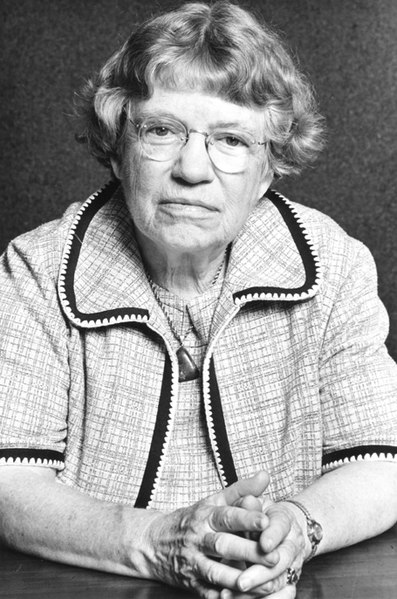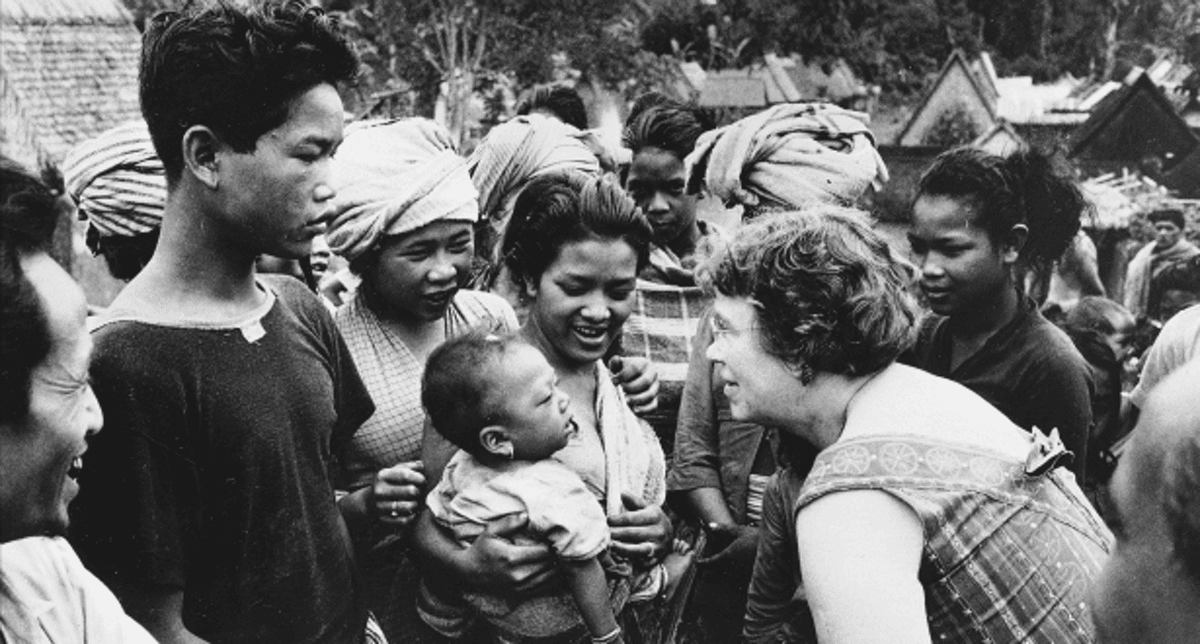Margaret Mead is an American anthropologist best known for her studies of the socialization of children and adolescents in Polynesia. It is said that she named the fused femur as the first sign of the emergence of human civilization. We decided to check if the scientist said this.
This story they tell and in Media, and in books. In particular, she is cited in her book “The best care possible” American physician, pioneer of palliative medicine Ira Robert Byock. He writes: “A student once asked anthropologist Margaret Mead, “What was the earliest sign of civilization?” He expected her to name a clay vessel, a whetstone, or perhaps a weapon. Margaret Mead thought for a moment, and then said: “Fused femur.” The femur is the longest bone in the body, connecting the hip and knee. In societies without modern medicine, the femur heals in approximately six months of rest. The healed femur shows that someone cared for the victim, hunted and obtained food, was with him, guarded him until the fracture healed. Mead explained that where the law of the jungle - the rule of survival of the fittest - applies, archaeologists have not found fused femurs. Thus, the first sign of civilization is compassion, expressed in a healed fracture of the femur.”
Margaret Mead was interested anthropology since childhood, her love for science was instilled in her by her parents: her father was a professor of finance, and her mother was a sociologist who worked with Italian immigrants. She conducted field research for her doctoral dissertation in Samoa, where she collected extensive material about the growing up and socialization of children and adolescents in the distinctive island culture. It later became the basis for the book Growing Up in Samoa, which quickly gained enormous popularity. In total, Mead wrote six non-fiction books about anthropology. However, the story told is not found in them.

The earliest mention of such a conversation is in book "Spookily and wonderfully made" by Paul Brand and Philip Yancey. Paul Brand - surgeon, 18 years old worked in the Indian leper colony, laureate of the Albert Lasker Prize, honorary recipient of the Order of Her Imperial Majesty Queen Elizabeth. In the book, he says that as a student he attended a lecture where Mead said this. It is known that Brand studied at University College Hospital in London during and after the Second World War. From 1936 to 1950 Margaret Mead was married to British anthropologist Gregory Bateson. That is, in theory, she could well have given a lecture in Great Britain in those years, at which Paul Brand would have been present. However, there is no documentary evidence in open sources.

This is not accurate
Read on the topic:
- M. Mead. Culture and world of childhood
- M. Mead. Loneliness, independence and interdependence in the context of culture
If you find a spelling or grammatical error, please let us know by highlighting the error text and clicking Ctrl+Enter.






